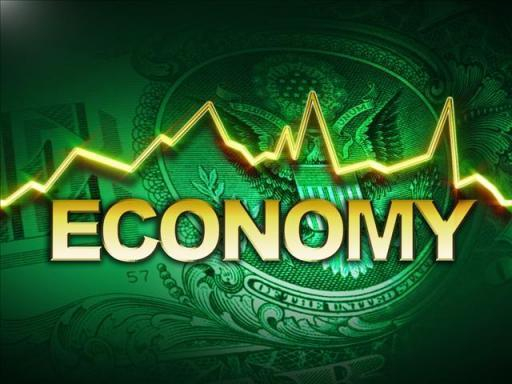Market Data

February 25, 2021
Durable Goods Orders Soar to Six-Month High
Written by Sandy Williams
Orders for durable goods surged 3.4% in January for the largest percentage increase in six months, signaling that the manufacturing sector is on a solid recovery path, the U.S. Census Bureau reported. Orders more than tripled economists’ forecasts of a 1.0% gain for the month.
 Transportation led the increase, up 7.8%. Orders for commercial aircraft and parts soared 389.9% from December and defense aircraft and parts leapt 63.5%. Excluding the volatile transportation category, orders increased 1.4 percent.
Transportation led the increase, up 7.8%. Orders for commercial aircraft and parts soared 389.9% from December and defense aircraft and parts leapt 63.5%. Excluding the volatile transportation category, orders increased 1.4 percent.
Core capital goods orders–nondefense goods minus aircraft and a proxy for future investment–rose 0.5% last month.
“The manufacturing sector has rebounded strongly in recent months, making it a bright spot in the economy, even as we continue to hear about supply chain and workforce challenges,” said Chad Moutray, chief economist for the National Association of Manufacturers in comments to The Wall Street Journal. “Core capital goods orders and shipments have hit record highs in recent months, a sign to me that the sector continues to ramp up solidly as the economy recovers.”
The January advance report on durable goods manufacturers’ shipments, inventories and orders follows:
New Orders
New orders for manufactured durable goods in January increased $8.5 billion or 3.4 percent to $256.6 billion. This increase, up nine consecutive months, followed a 1.2 percent December increase. Excluding transportation, new orders increased 1.4 percent. Excluding defense, new orders increased 2.3 percent. Transportation, up eight of the last nine months, led the increase by $6.1 billion or 7.8 percent to $85.1 billion.
Shipments
Shipments of manufactured durable goods in January, up eight of the last nine months, increased $5.1 billion or 2.0 percent to $260.6 billion. This followed a 2.1 percent December increase. Machinery, also up eight of the last nine months, led the increase by $1.1 billion or 3.6 percent to $33.2 billion.
Unfilled Orders
Unfilled orders for manufactured durable goods in January, up following seven consecutive monthly decreases, increased $1.0 billion or 0.1 percent to $1,072.6 billion. This followed a 0.2 percent December decrease. Fabricated metal products, up nine consecutive months, led the increase by $0.9 billion or 1.2 percent to $78.6 billion.
Inventories
Inventories of manufactured durable goods in January, down two consecutive months, decreased $1.4 billion or 0.3 percent to $424.3 billion. This followed a 0.2 percent December decrease. Transportation equipment, also down two consecutive months, drove the decrease by $2.3 billion or 1.5 percent to $145.7 billion.
Capital Goods
Nondefense new orders for capital goods in January increased $4.6 billion or 6.5 percent to $75.6 billion. Shipments increased $2.6 billion or 3.5 percent to $77.1 billion. Unfilled orders decreased $1.5 billion or 0.3 percent to $586.8 billion. Inventories decreased $2.6 billion or 1.4 percent to $191.7 billion.
Defense new orders for capital goods in January increased $2.5 billion or 20.2 percent to $14.8 billion. Shipments increased $0.4 billion or 2.8 percent to $13.2 billion. Unfilled orders increased $1.6 billion or 0.9 percent to $179.6 billion. Inventories increased $0.2 billion or 0.8 percent to $21.2 billion.
Revised December Data
Revised seasonally adjusted December figures for all manufacturing industries were: new orders, $496.1 billion (revised from $493.5 billion); shipments, $503.6 billion (revised from $501.8 billion); unfilled orders, $1,071.6 billion (revised from $1,070.8 billion) and total inventories, $695.8 billion (revised from $695.7 billion).






